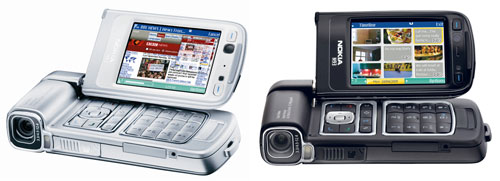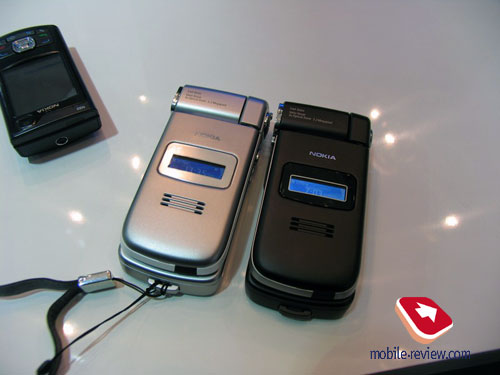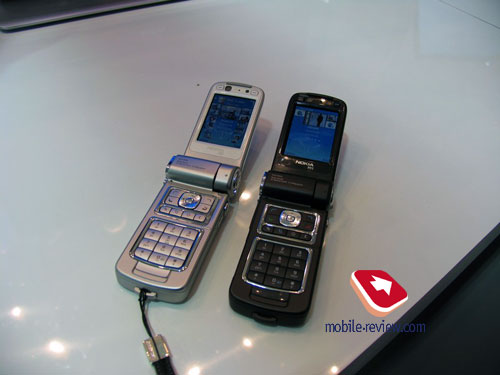On Nokia N90 release it was obvious that the company is intending to apply the same design concept to several upcoming models. In fact, its strength is ability to carry more sizable camera modules without their functionality being cut, as when squeezing camera into smaller casings. But for all that the device gets bigger: although it incorporates mostly standard components like serial lenses and hardware modules, its price falls down as compared to more portable parts respectively. Basically the majority of manufacturers face one and the same issue of costs, since the more compact a gadget is, the more expensive it becomes. LG’s very own KG920 comes exactly from that boat – its camera module takes up more than the half of the device’s final price, while the prime cost of the KG920 is only 400 USD without regard for R&D cycle. That is how comes that the manufacturer insists that a cell phone should be not only capable, but popular as well. Thus sale rates may increase as the price comes down, however it’s essential to keep profit rate at certain level.



In Nokia’s context this reasoning should be considered in light of marketing policy of the manufacturer, implying that the company tries out its all-new solutions with so called Techi audience (high-tech gadgets lovers), and only the next generation delivers them to the mass market. The enthusiasts don’t demand much of the novelties when it comes to dimensions or weight. These consumers count on extra functionality and innovative capabilities – for that they will overlook every thing thaw would be unacceptable on the mass market. To make it clear, bring up Nokia N90 in your memory, a Nokia’s first handset to carry a 2 Mpix camera. After a while similar solutions, yet without auto-focus and plastic lens have become widespread over the Finnish manufacturer’s line-up. The inheritor of this product line is Nokia N73, offering a 3.2 Mpix camera, compact casing in candy-bar form-factor. The truth is, only these two are separated only by three years, but look at the distinctions. If the former handset was aimed at enthusiasts and could hardly meet the requirements of mass market, the latter one covers almost the entire audience and boasts of a portable shell.


Almost the same situation happens to Nokia N93 – the device won’t fit the mass market, thus can’t be rated using this market’s criteria. Will all parts on board (strap, memory card and stubs), the N93 weights 188 grams. Throwing aside all non vital accessories we will get approximately 180 g. So this handset is obviously inferior to mass products, which offer 100 grams of weight, while all up-to-date smartphones are 130-140 g heavy. Due to bulky size of 118х55.5х28 mm it won’t slip in any pocket, especially in shirt’s one. Dimensions-wise the phone is in a number of biggest devices on the market, and this is it first major drawback.





Nokia N93 features two color schemes – silvery and black. According to the surveys, bright gamma appeals more to women, while almost all men choose black trim. Though I can’t imagine why women should buy this phone, since its measurements will fit men audience more.



Unlike Nokia N90, where we saw twisting camera module, the N93 has it stationary, on top of that the design strongly associates with that of Nokia N92. These two phone are very close size-wise and powered by almost the same technical solutions. But if Nokia N92 has more of a test model for operators providing mobile television services and is available not in all retail stores, the N93 will be sold world-over without limitations on local operators.
No comments:
Post a Comment